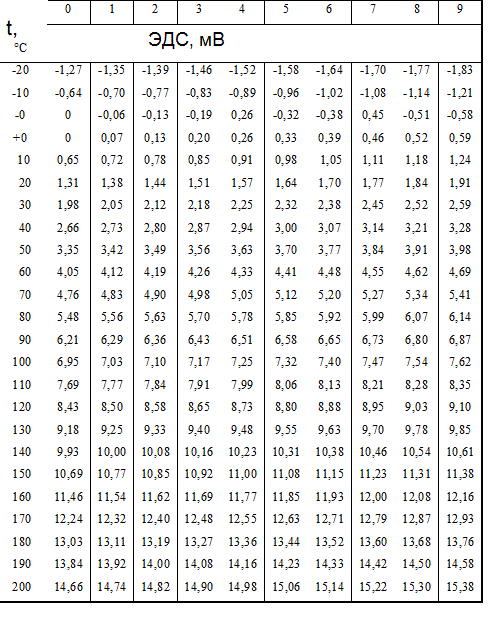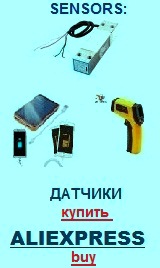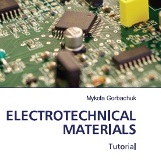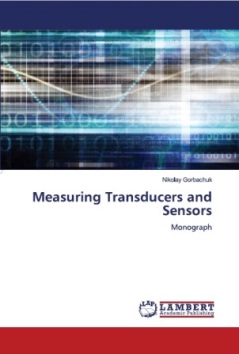Transducers, gauges, sensors - Information portal © 2011 - 2025 Use of material is possible by placing an active link
Calibrating of thermocouple (calibration charts)
For a condition, when a free end(shut) of thermocouple is at the zero of degrees celsius. A temperature is driven to °C, E.M.F. (tension) in mV.
chromel - alumel (-270 °с to 1370 °с)
(0 °с to 1820 °с)
chromel - constantan (-260 °с to 1000 °с)
copper - constantan (-270 °с to 400 °с)
chromel - kopel (-20 to 200 °с)
Calibrating (calibration charts) of thermocouple : chromel - kopel (ТCК, Type L). Range of temperatures from - 20 °C to 200 °C
Dependence E.M.F. thermocouple : chromel - kopel from a temperature for a condition, when a free end (shut) of thermocouple is at the zero of degrees celsius.
Chromel - Copel thermocouple (TCC, Type L) have the highest differential sensitivity of all commercially available thermocouples. Chromel-Copel thermocouples are used for more accurate temperature measurements, as well as for measuring small quantities to the temperature difference. Chromel-Copel thermocouples have a very high thermoelectric stability in the range up to 600 ° C. This is explained by the fact that changes in the thermopower hromelevogo and Copel thermoelectrodes cancel each other out, as directed in the same direction. Chromel-Copel thermocouple can operate stably tens of thousands of hours.
The disadvantages include relatively high TCA compared with other thermocouples sensitivity to deformation.
Calibration table:

русский / english
Home >> Temperature, thermoelectricity >> Calibrating (calibration charts) of thermocouple : chromel - kopel
• Information about various converters and sensors of physical quantities, parameters of various physical processes is presented.
• Electrophysical properties and effects in various electrical materials.
• Theory, experimental results, practical application

Chromel - an alloy of chromium (Cr) and nickel (Ni).
Kopel - is an alloy of copper (Cu) and nickel (Ni).
See also:
CONVERTERS, GAUGES, SENSORS
Information, news, advertising



